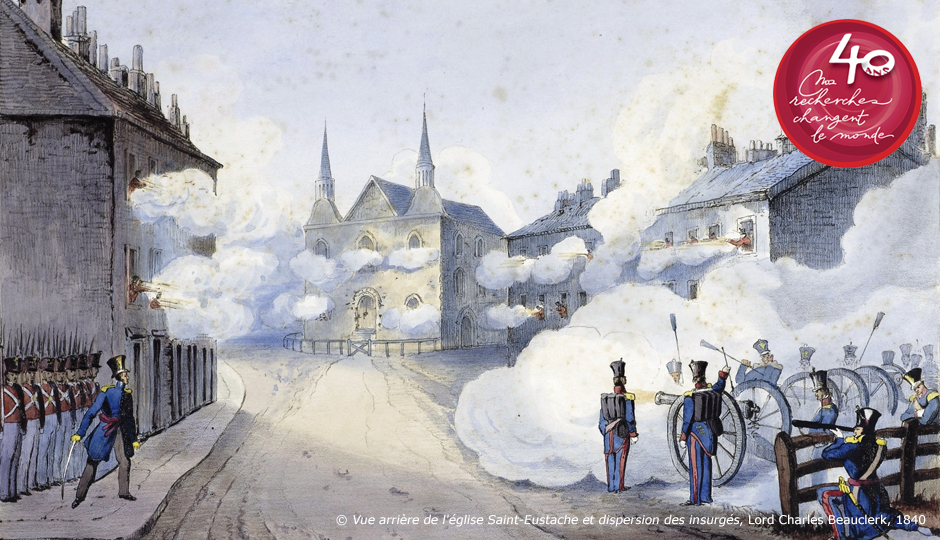Irish immigrants played an important role during the uprisings that broke out in Upper and Lower Canada in 1837-1838. However, these events are generally studied through the lens of Canadian history, rather than from a transnational perspective.
While some groups were indeed extremely violent, they were a minority.
Yet the involvement of Irish immigrants in these Canadian conflicts was also influenced by historical events in which they took part in their home country before emigrating, says Jane McGaughey, a researcher in the School of Irish Studies at Concordia University.
Using archival material, she retraced the stories of several Irish families who immigrated to Canada in the early 19th century, analyzing newspaper articles from the time and personal accounts to trace their activities. Several of these families were involved in the Irish Rebellion of 1798. They then crossed the Atlantic and took part in the 1837-1838 uprisings, either for the rebels or the Crown.
These journeys punctuated by conflict forged enduring stereotypes of the violence of Irish men. Even in the construction of Irish cultural identity, manliness, emigration, violence and political struggle are often intertwined. But reality was quite different, as Jane McGaughey’s research shows. While some groups, such as the Shiners—Irish lumberjacks who attacked French-Canadian timber operations in the Outaouais between 1837 and 1845—, were indeed extremely violent, they were a minority. In fact, the Irish who played a political or public role in Canada in the 19th century did not fit these stereotypes. Yet this negative perception coloured North Americans’ view of Irish immigrants, whom they considered to be violent troublemakers. This could have affected their integration in their host country.
Jane McCaughey’s work reminds us that Canada was not formed in a vacuum, and that a broader look at the peoples who built it can provide a better understanding of our history.




